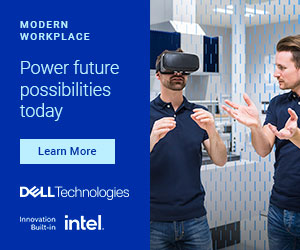Augmented Reality (AR) mixes digital information with a user’s physical environment in real time. Unlike virtual reality (VR), which cloisters the user in an artificial environment, AR offers users the ability to interact with the world around them while taking advantage of additional data, graphics and other information.
Like VR, augmented reality can be delivered via goggles or glasses. But users can also experience AR using smartphones, tablets and heads-up displays. This last category has made its way from aircraft cockpits to the consumer automotive industry. Many modern cars feature a heads-up display (HUD) that projects information onto the windshield. That way, drivers can monitor speed and engine performance, get directions and receive alerts without taking their eyes off the road.
IKEA’s smartphone app offers another example of AR for the masses. The app is free, easy to use and available to anyone with a compatible Apple or Android device. Simply choose a piece of furniture, point the smartphone camera at an empty corner, and the screen will show you a virtual chair in a physical space.
Other devices, like Apple’s upcoming VisionPro goggles, promise a far more immersive experience. In this scenario, the user’s eyes are covered by the device. And though they can see the physical space around them, the goggles can superimpose text and images that follow one’s gaze and head movements.
To make augmented reality a, um… reality, VisionPro uses information from its built-in eye trackers to render virtual content slightly differently for each eye. This enables virtual objects to appear at any depth.
What can tomorrow’s sci-fi tech do for the world of today? Quite a lot. For one thing, AR offers a way to try before you buy. Apps that simulate clothes, furniture and paint are already popular shopping tools.
For another, AR creates a new dimension of gaming. The runaway hit Pokemon Go famously challenged users to find popular characters in the environs of everyday life.
For those on the go, AR can provide easy-to-follow directions to get where you’re going and information about the things you see when you get there. And medical professionals can use AR to monitor real time stats like heart rate and patient data as they operate.
Read more about Security,





















